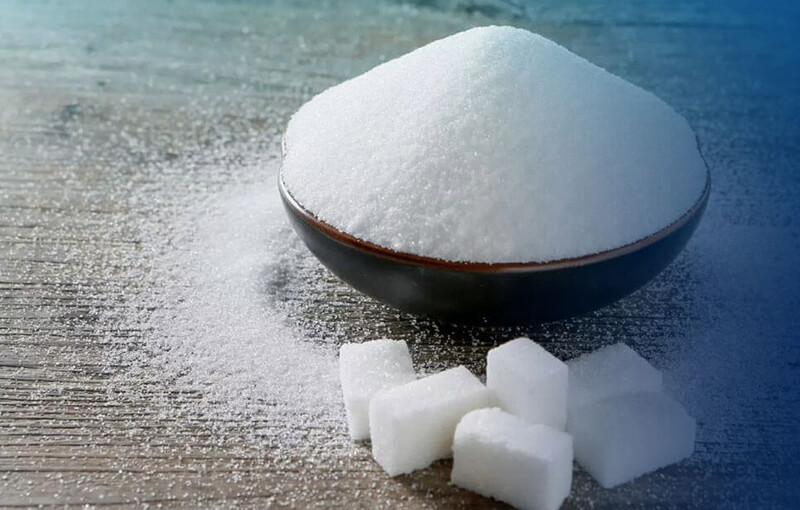Our focused portfolio ensures expertise, superior service, and comprehensive market knowledge.
Raw and Refined Sugar
Premium quality sugar varieties sourced globally to meet diverse culinary and industrial needs of raw sugar 600/1200 and ICUMSA 45 from Brazil and EU.
Edible Oils
A range of high-quality sunflower oil, rapeseed oil, soybean oil, palm oil and vegetable oil, carefully sourced to enhance flavors and nutritional profiles.
Cereals
Nutrient-rich cereals, including wheat, barley, corn and rice, for a wholesome and nourishing diet.

Opportunity trading
While we excel in our core commodities, we remain flexible to trade other products based on market conditions and requirements.
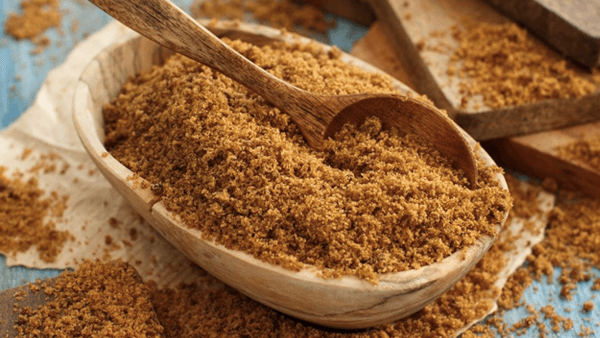
Raw Sugar IC600-1200:
- Production Process:
raw refined and is produced after the first crystallization of sugar cane. This sugar is thicker than white sugar, known as Icumsa 45, and its color is brownish. Raw brown sugar from sugar cane, when fully refined, contains about 70% white sugar. - Appearance and Flavor: Raw sugar is golden-brown in color and has a coarse texture due to its larger crystals.
- Usage: Raw sugar is often used as a sweetener in hot beverages and can also be sprinkled over baked goods for a crunchy texture and subtle molasses flavor.
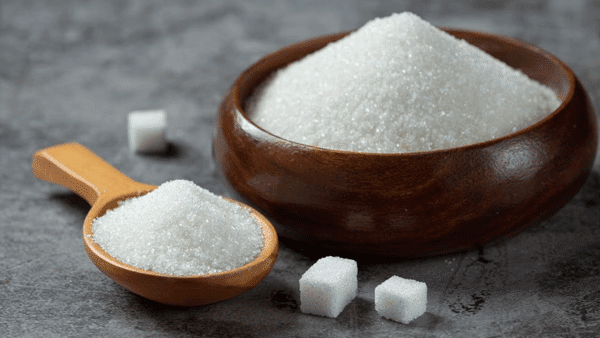
Refined White Sugar IC45:
- Production Process: Refined white sugar undergoes an extensive refining process to remove impurities and molasses. The sugarcane juice is clarified, filtered, and then evaporated to form sugar crystals. These crystals are further processed and dried to produce refined white sugar.
- Appearance and Flavor: Refined white sugar is pure sucrose and is completely white in color. It has a fine texture and a neutral, sweet taste without any molasses flavor.
- Usage: Refined white sugar is incredibly versatile and is used in a wide range of culinary applications, including baking, cooking, and beverage sweetening. Its fine texture allows it to dissolve easily in liquids and mix uniformly in recipes.

Sunflower Oil:
Source: Extracted from sunflower seeds.
Characteristics:
– Flavor: Mild, neutral taste.
– Color: Light yellow.
– Nutritional Profile: High in vitamin E and low in saturated fat.
– Smoke Point: High, making it suitable for high-heat cooking methods
Uses: Suitable for frying, baking, and sautéing. Also used in salad dressings.
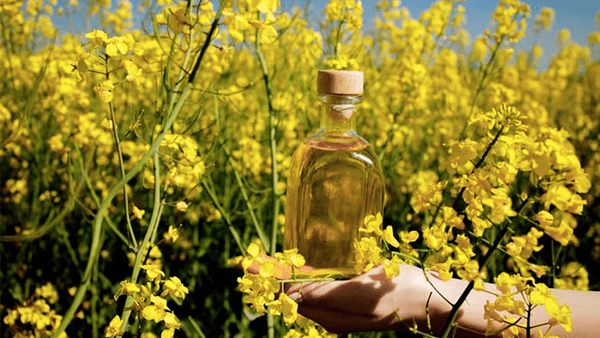
Rapeseed Oil (Canola Oil):
Source: Derived from the rapeseed plant, which is a variant of the mustard plant.
Characteristics:
– Flavor: Mild and neutral, with a slightly nutty taste
– Color: Pale yellow.
– Nutritional Profile: Low in saturated fat and high in omega-3 fatty acids.
– Smoke Point: Medium-high, making it suitable for most cooking methodsexcept high-heat frying.
Uses: Versatile; used in baking, sautéing, salad dressings, and light frying.
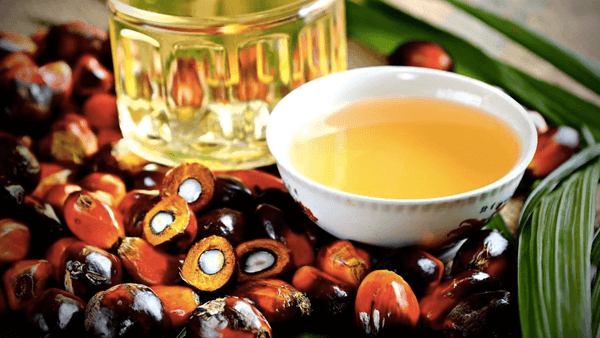
Palm Oil:
Source: Extracted from the fruit of oil palm trees
Characteristics:
– Flavor: Neutral taste when refined; unrefined palm oil has a distinct reddish color and a nutty flavor.
– Color: Ranges from clear when refined to reddish-orange when unrefined.
– Nutritional Profile: Contains a higher percentage of saturated fats.
– Smoke Point: Relatively high, suitable for frying and high-heat cooking.
Uses: Commonly used in processed foods, frying, and certain types of baking.
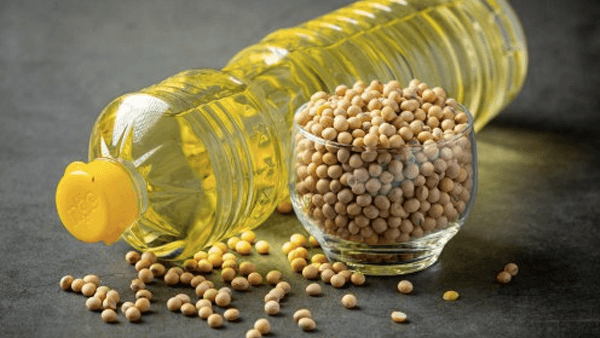
Soybean Oil:
Source: Extracted from soybeans.
Characteristics:
– Flavor: Neutral taste.
– Color: Light yellow.
– Nutritional Profile: High in polyunsaturated fats, including Omega-3 and Omega-6 fatty acids.
– Smoke Point: Medium-high, making it suitable for baking, sautéing, and moderate-heat frying.
Uses: Widely used in both home and industrial cooking, including frying, baking, salad dressings, and sauces.
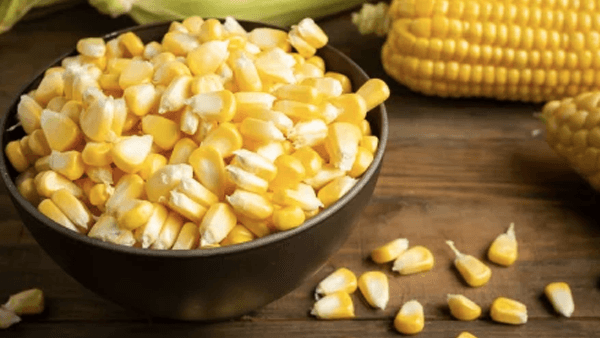
Corn (Maize):
Scientific Name: Zea mays.
Characteristics:
-
- Usage: Primarily used as human food, animal feed, and for industrial purposes (e.g., ethanol production).
- Nutritional Content: Contains carbohydrates, fiber, and some protein. Also a source of essential nutrients like vitamins A and C.
- Culinary Uses: Corn is used in various forms such as cornmeal, corn flour, corn oil, and corn syrup. Common dishes include cornbread, tortillas, and popcorn.
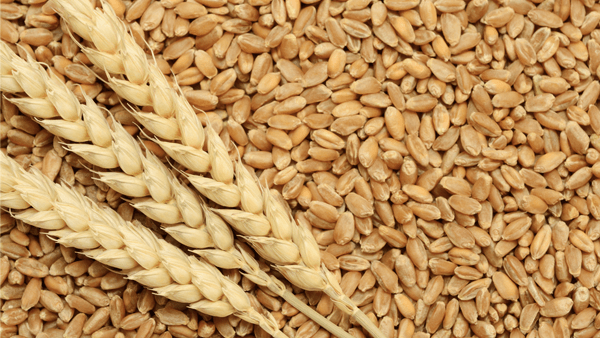
Wheat:
Scientific Name: Triticum spp.
Characteristics:
-
- Types: Common types include hard red winter, hard red spring, soft red winter, and durum wheat, each with different uses.
- Nutritional Content: Rich in carbohydrates and a good source of dietary fiber. Contains some proteins, vitamins, and minerals.
- Culinary Uses: Wheat is used to make a wide range of products including bread, pasta, pastries, and breakfast cereals. Wheat flour is a staple ingredient in baking.
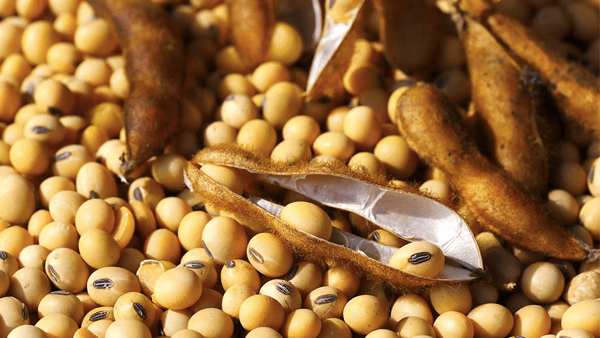
Soybean:
Scientific Name: Glycine max.
Characteristics:
-
- Usage: Primarily used for human consumption, animal feed, and in various industrial applications.
- Nutritional Content: High-quality protein, rich in essential amino acids. Also contains healthy fats, vitamins, and minerals.
- Culinary Uses: Used to make soy products such as tofu, soy milk, soy sauce, and various meat substitutes like tempeh. Soybean oil is widely used in cooking.
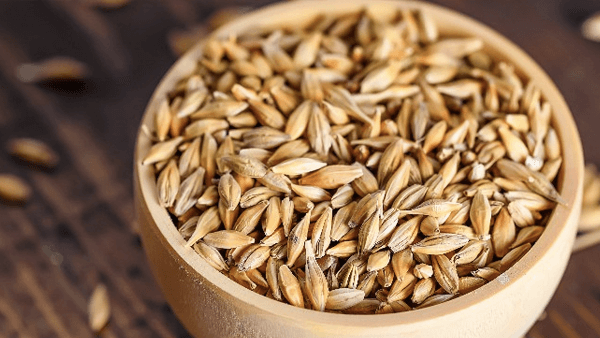
Barley:
Scientific Name: Hordeum vulgare.
Characteristics:
-
- Usage: Often used as animal feed, but also used for human consumption, particularly in soups and stews. Also used in the production of malt for brewing beer.
- Nutritional Content: Contains carbohydrates, dietary fiber, protein, vitamins, and minerals.
- Culinary Uses: Pearl barley is used in soups and stews, and barley grains are also used to make barley flour for various baking purposes.
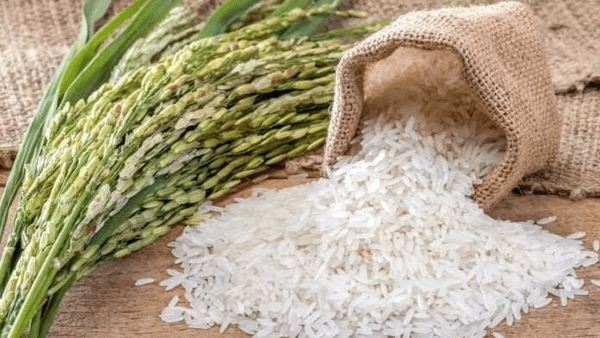
Rice:
Scientific Name: Oryza sativa.
Characteristics:
-
- Varieties: Includes white rice (husk, bran, and germ removed), brown rice (husk removed, bran and germ intact), and various specialty rice types like basmati and jasmine rice.
-
- Nutritional Content: A good source of carbohydrates, low in fat, and contains some protein. Brown rice is more nutritious due to its higher fiber content.
- Culinary Uses: Consumed as a staple food in many cultures. Used in a wide variety of dishes including sushi, risotto, rice pudding, and various rice-based desserts.
get a quote

